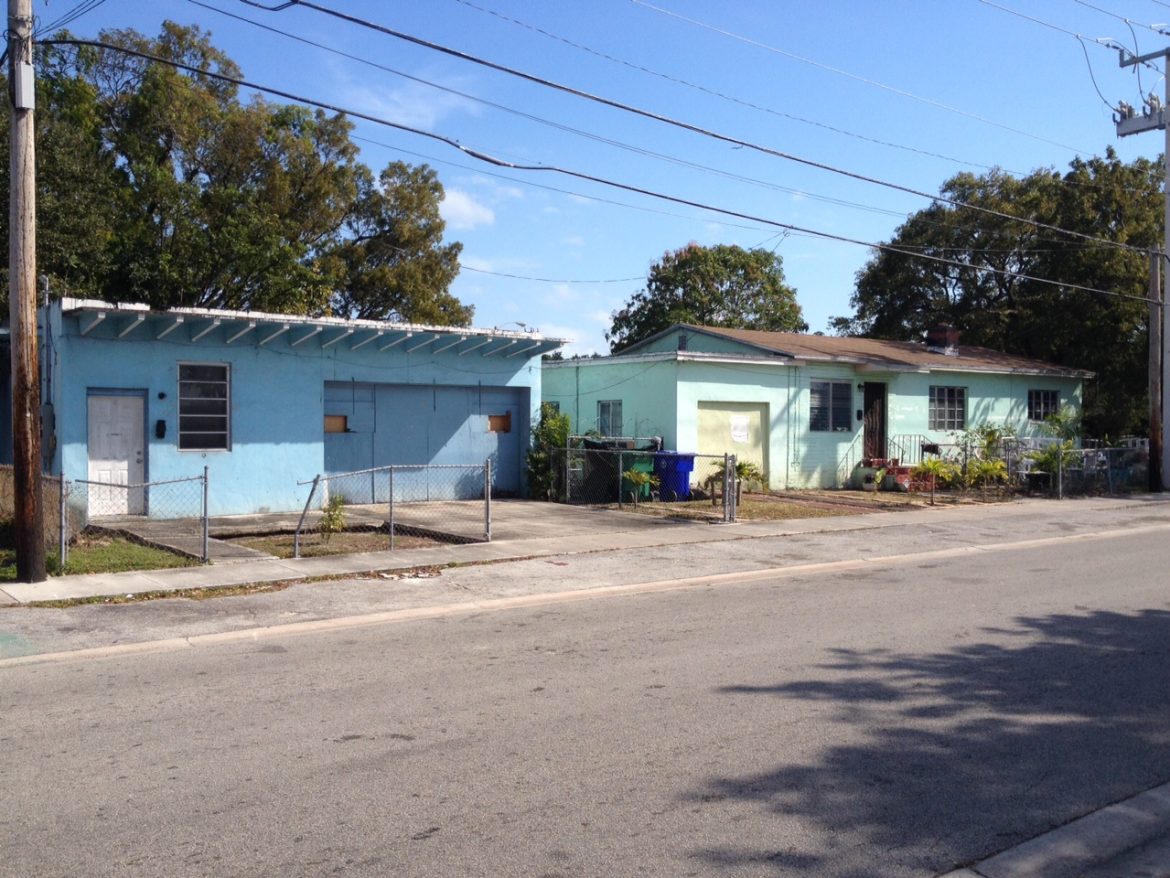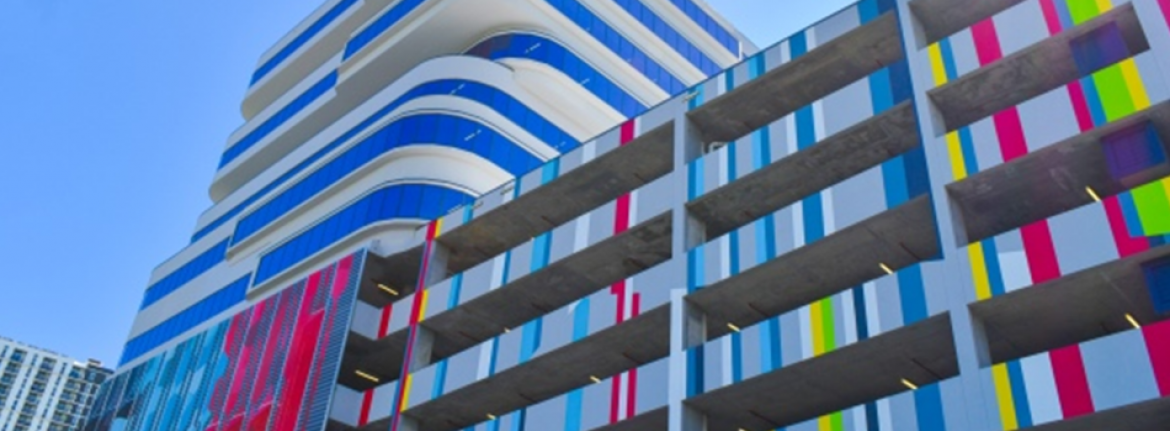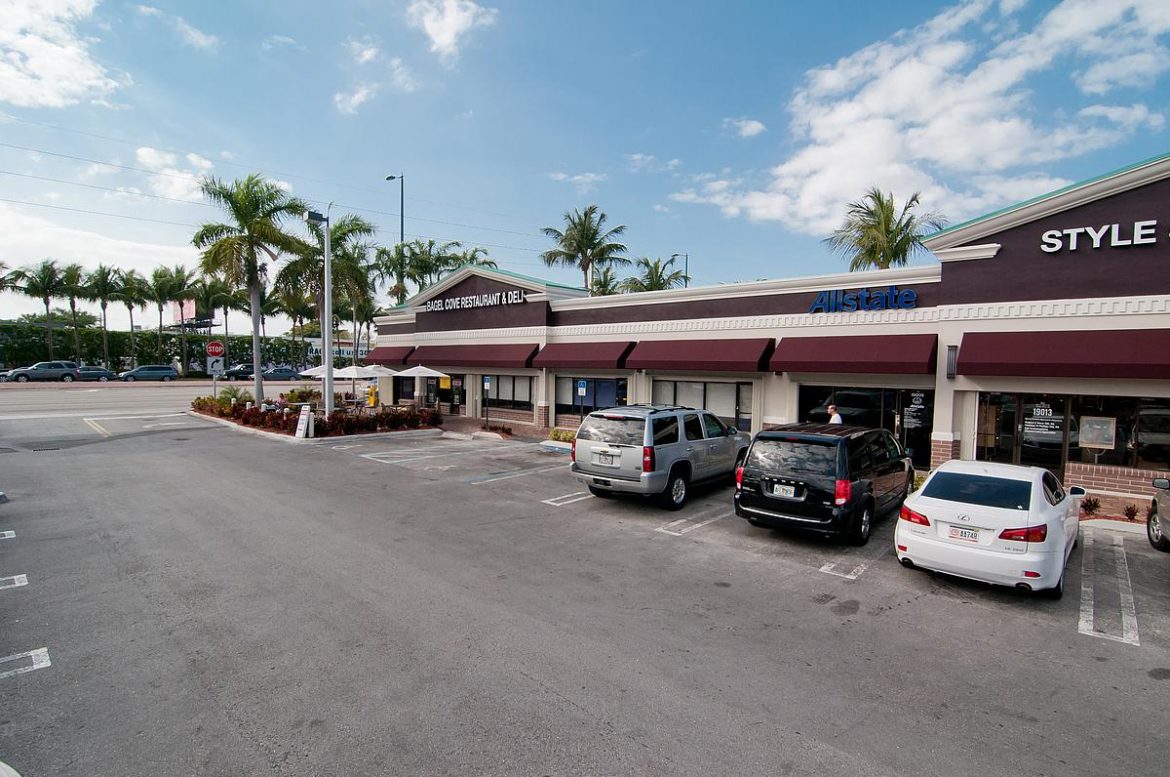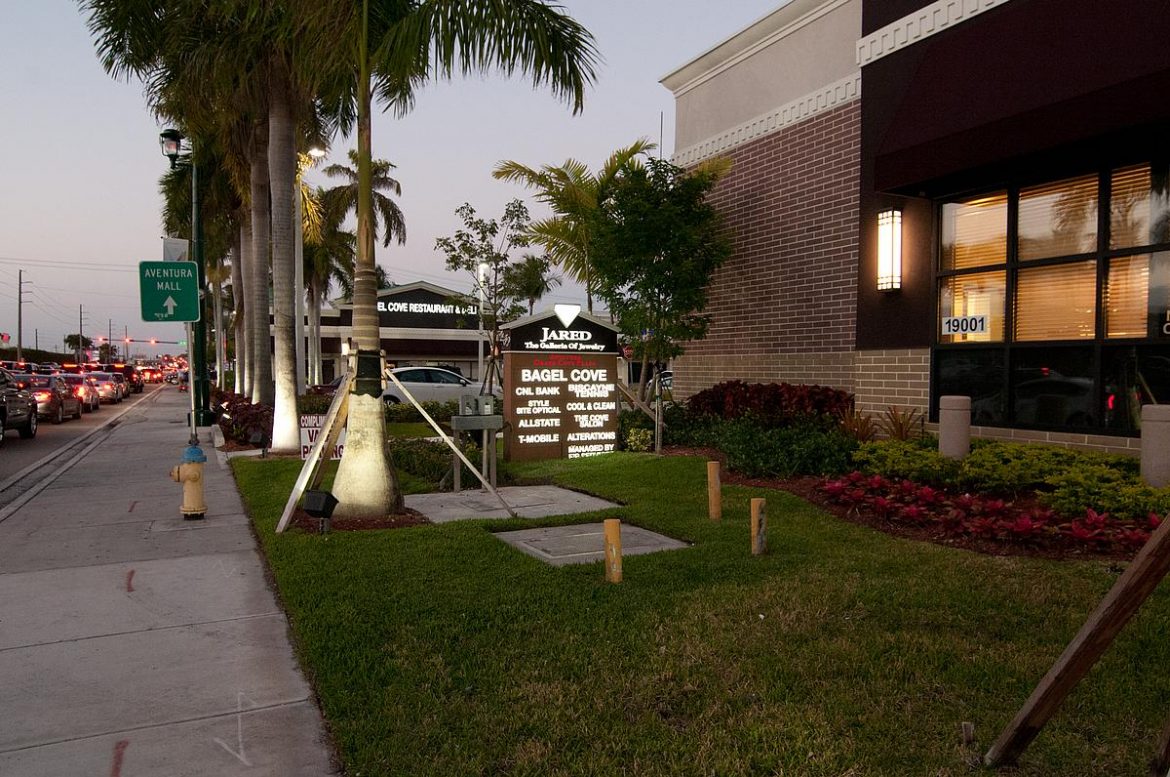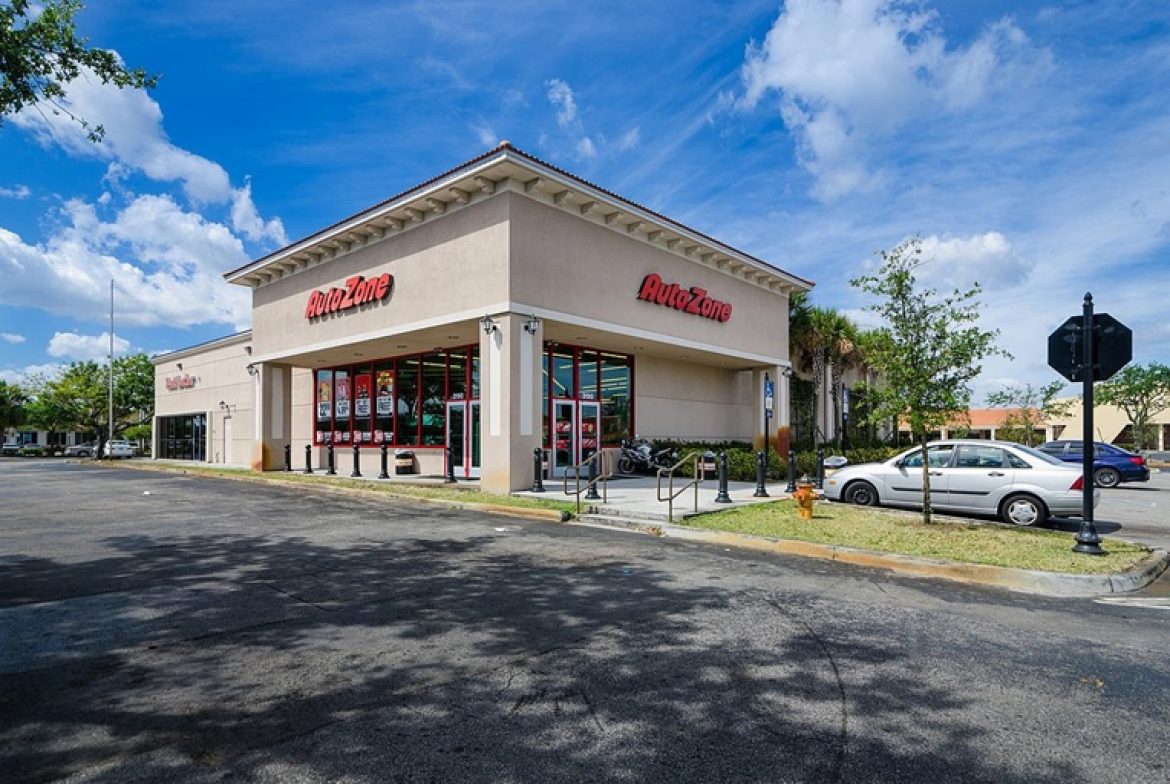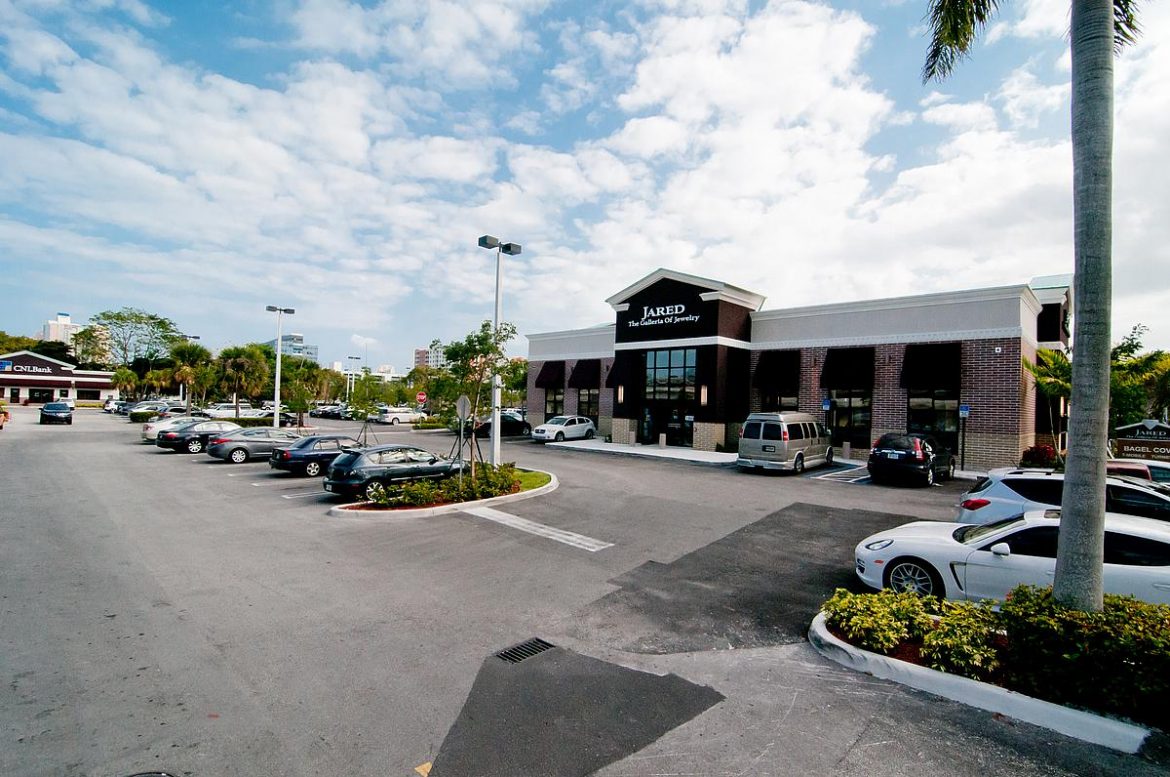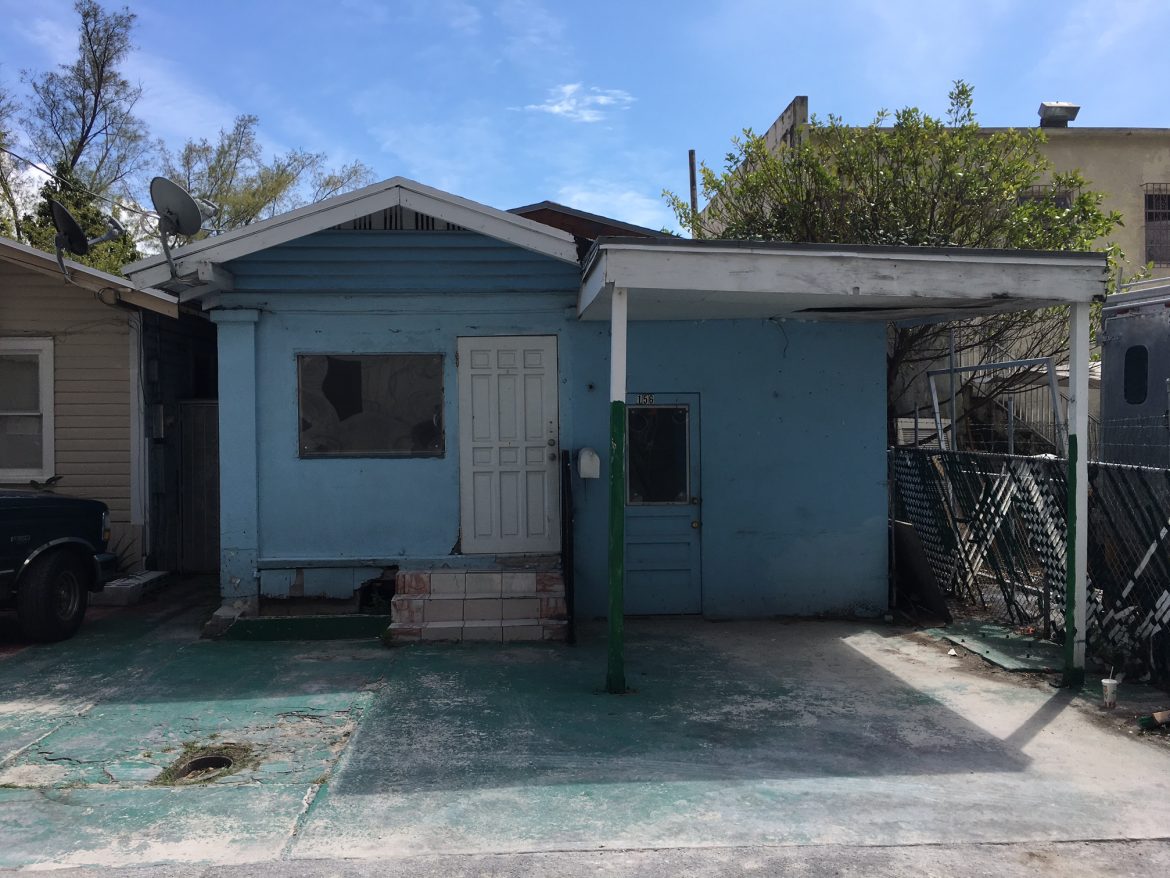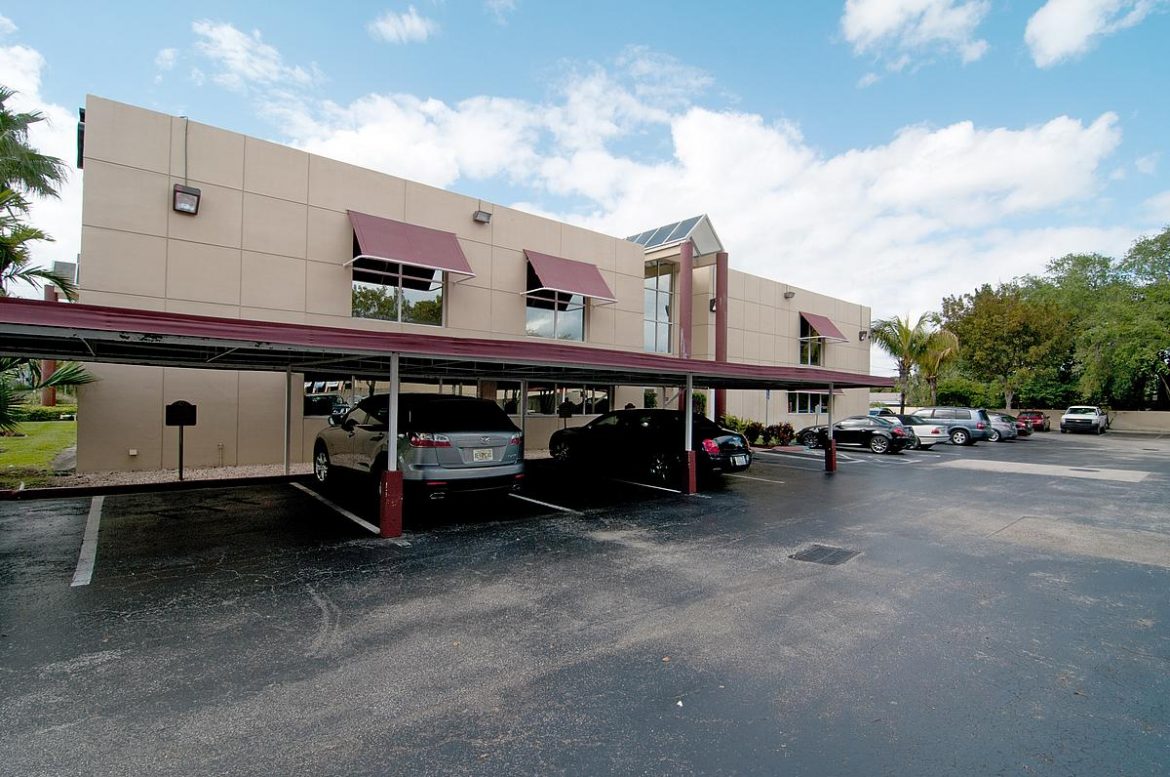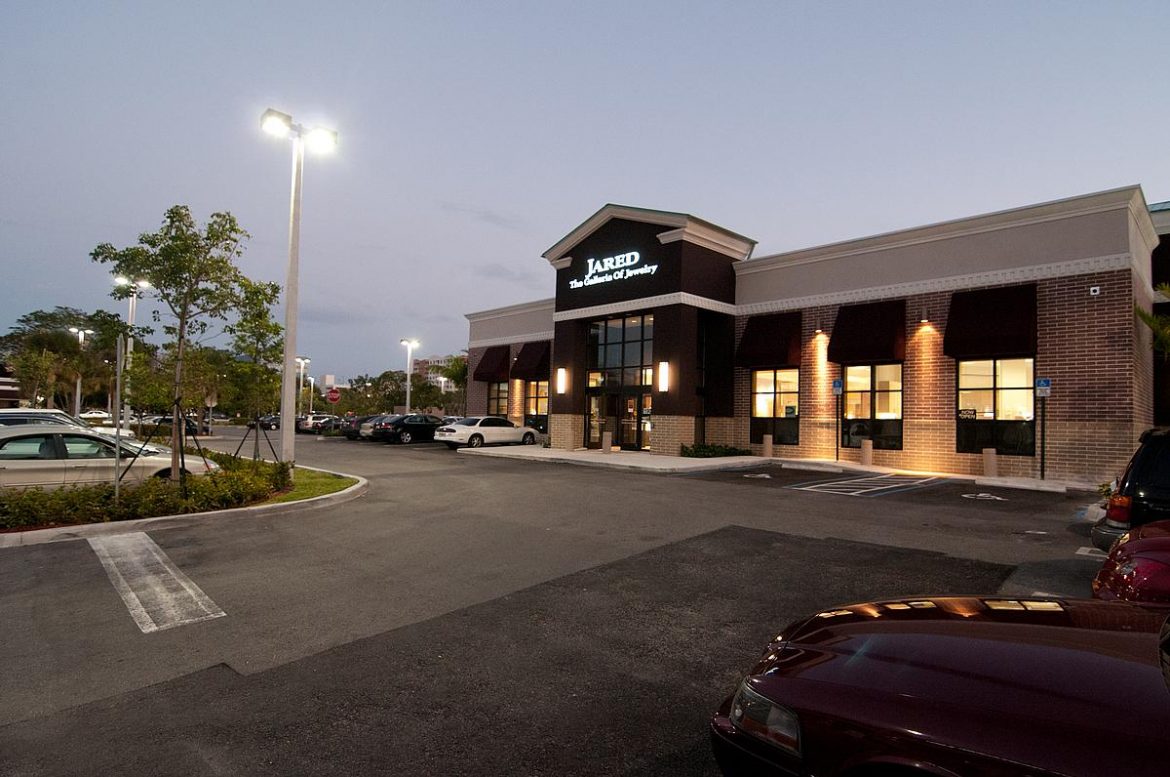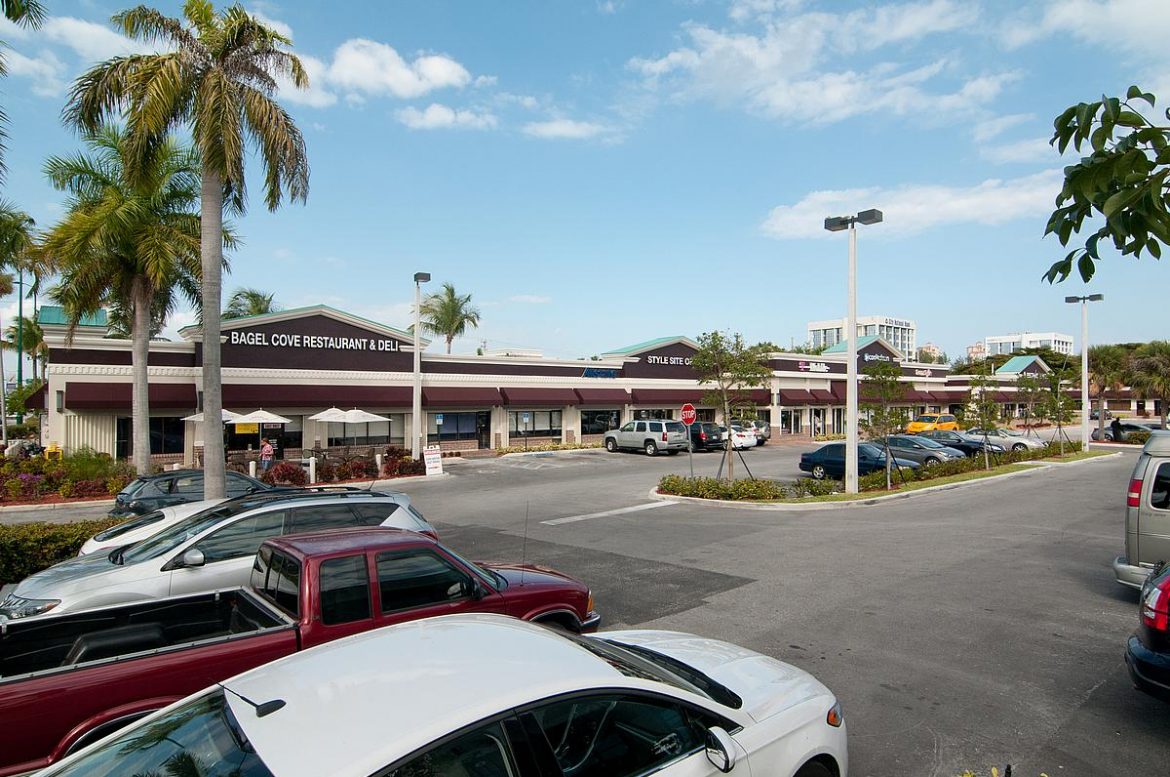
As Americans flock to grocery stores during the coronavirus crisis to stock up on essentials, foot traffic at grocery stores has soared. Placer.ai, a platform that tracks retail activity, found year-over-year traffic spiked by 40 percent at Albertsons stores and by 36 percent at Kroger stores on March 13 through 15.
At the same time, stock prices of publicly-traded owners of grocery-anchored shopping centers have cratered. For instance, the stock of New York City-based retail REIT Brixmor Property Group Inc. tumbled from a 2010 peak of $21.33 on Feb. 20 to $12.40 on March 17. That’s a decline of 41.9 percent.
Jericho, N.Y.-based retail REIT Kimco Realty Corp. saw a similar drop—its stock plummeted from a 2020 high of $20.45 on Jan. 23 to $10.86 on March 17. That works out to a decrease of 46.9 percent.
Brixmor and Kimco aren’t the only retail REITs being punished by the stock market. As of March 17, year-to-date total returns had plunged 42.7 percent for all retail REITs, according to the Nareit trade group. Regional mall REITs have been hit hardest, with a 56.4 percent fall in year-to-date total returns. The dive in total returns was 38.9 percent for shopping center REITs and 33.3 percent for those with free-standing stores.
A boost for grocery-anchored retail?
Despite tanking stock prices, America’s dependence on grocery stores could provide a long-term lift to Brixmor, Kimco and similar REITs.
In the short term, though, grocery chains could experience a temporary dip in foot traffic as people stay close to home, Placer.ai researchers note.
“That being said, this [recent] momentum could play a role in making this uncertain time easier to get through, giving grocery chains a bit of a boost before a more difficult period,” according to Placer.ai. “The strongest players will find ways to conduct business and continue building on customer loyalty, with timely restocking and home delivery options.”
This scenario should, in turn, help REITs with large portfolios of grocery-anchored shopping centers survive over the long haul—particularly compared with malls and other retail properties that lack necessity retail componenets.
Aside from Brixmor and Kimco, other publicly-traded REITs with a substantial amount of grocery-anchored shopping centers include:
- San Diego-based American Assets Trust Inc.
- Cincinnati-based Phillips Edison & Co. Inc.
- San Diego-based Retail Opportunity Investments Corp.
- Beachwood, Ohio-based Site Centers Corp.
- Greenwich, Conn.-based Urstadt Biddle Properties Inc.
- Houston-based Weingarten Realty Investors.
Still open for business
Among publicly-traded REITs that own grocery-anchored centers, lower-levered REITs will likely “outperform,” notes Evan Hudson, a partner at New York City-based Stroock & Stroock & Lavan LLP whose specialties include REITs. Furthermore, Hudson anticipates those that can tap into lower-interest borrowing will try to expand their portfolios.
However, not every tenant at a grocery-anchored shopping center will thrive during the coronavirus pandemic.
“Even if people are dissuaded from shopping for non-essential goods or going to the movies, the grocery stores and pharmacies are open for business,” Hudson says. “Of course, grocery-anchored real estate companies generally aren’t pure plays—the non-grocery components of the centers will see flagging performance…”
‘Reliable cash cow’
If—as many economist predict—the U.S. enters a recession, grocery-anchored retail centers will be more recession-proof than, say, strip retail centers, says Alan Cafiero, director of the national retail group and net leased properties group at commercial real estate services company Marcus & Millichap. Grocery stores “will survive and perhaps even thrive in a time like this,” he says.
“This type of pandemic tells us that it’s essential human needs that underscore the importance of a grocery tenant in a shopping center,” Cafiero says. “If you know that your anchor is functioning on all cylinders, you know that the majority of your income in that shopping center is secure. This is why the grocery-anchored centers are the most desirable retail in the market.”
The weakening of bricks-and-mortar retail makes every center vulnerable to economic slumps, notes Jerry Reichelscheimer, chairman of the retail leasing and development practice at Miami-based law firm Akerman LLP. But for owners of shopping centers, grocers are a “reliable cash cow,” he says.
“Although a grocery store might not be as attractive as an Apple store or otherwise produce the same high rental stream as some of the more flashy retail tenants, it is a steady revenue source,” Reichelscheimer says.
Strings attached
But that cash cow comes with a caveat. Reichelscheimer says any landlord of a retail center must explore the viability of a grocer before leasing space to it. For example, a grocery store should be able to adapt to shoppers’ demands for amenities like home delivery and order pickup, he says.
“The grocery chain needs to be very flexible, able to move and change quickly, and have the economic background to withstand disruptions to their stores,” Reichelscheimer notes. “A weak grocery store chain that doesn’t have vision is just as vulnerable as other retailers.”
The coronavirus pandemic promises to reshape our long-term shopping behavior, including how we buy groceries, as homebound Americans depend more heavily on e-commerce and grow accustomed to it, adds Patrick Healey, founder and president of Caliber Financial Partners LLC, a financial advisory firm in Jersey City, N.J. As a result, grocery chains and other retailers will need to undertake competitive tune-ups.
The future of online grocery shopping
Still, many people don’t feel comfortable buying groceries online, as they want to see and touch fruits, vegetables and other goods, Healey notes. A Gallup Poll taken in July 2019 showed that 81 percent of Americans had never ordered groceries online.
“Sectors that are able to capitalize on the switch to e-commerce and deliver that way will do better than others, but there’s no doubt retail is one of the areas that will suffer significantly,” Healey says.
The current “grand experiment” of staying indoors to avoid coronavirus exposure could spur a long-term shift in the way we shop for groceries, according to Scott Crowe, chief investment officer at Plymouth Meeting, Pa.-based CenterSquare Investment Management LLC. This could harm retail REITs and other owners of grocery-anchored shopping centers, although Crowe says it remains to be seen whether coronavirus-imposed changes in consumer patterns will stick.
In a March 13 survey by New York City-based Gordon Haskett Research Advisors LLC, one-third of shoppers said they’d purchased groceries online during past week, according to Bloomberg. Of those consumers, 41 percent were buying groceries online for the first time.
“Consumers have been slow to adopt e-commerce as a way to shop for groceries, but consumers today, in an effort to quarantine as much as possible, have shown significant adoption of online grocery shopping,” Crowe says.
Source: NREI

